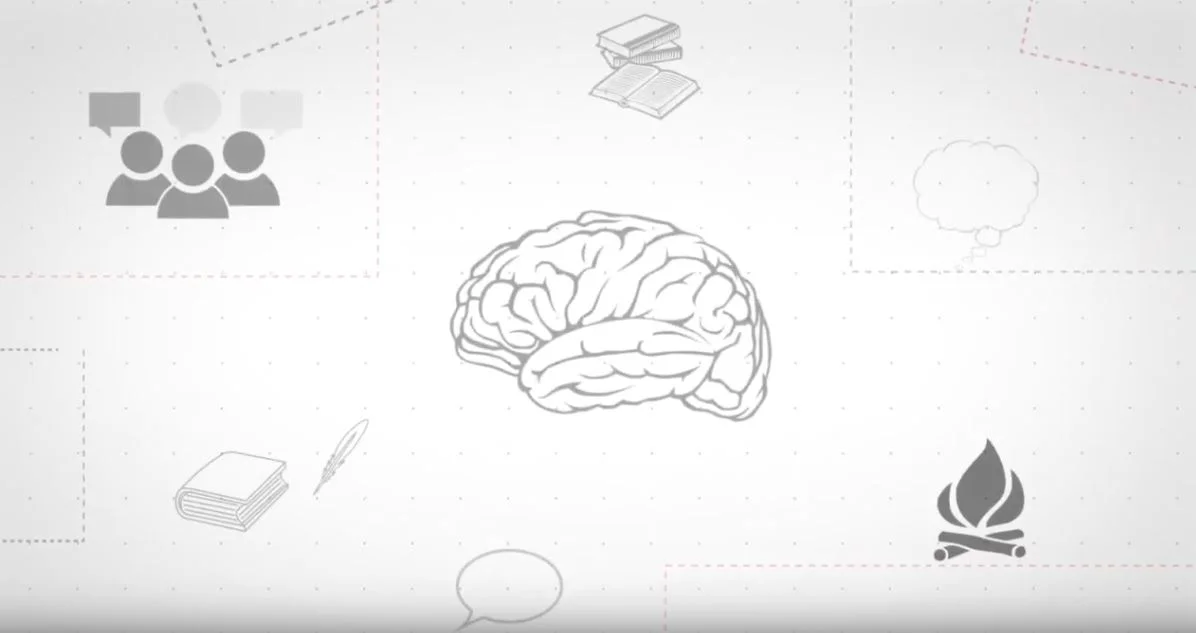It was Douglas McGregor (The Human Side of Enterprise) from the MIT who distinguished two types of managers according to the way they are treating employees. Type 1 thinks that employess are lazy by nature und try to avoid labor whenever and whereever it is possible (Theory X). Type 2 thinks that employees are, by nature, ambitious and motivated to take over responsibility (Theory Y).
But it was not this distinction which made him famous. It was his insight, that it is not about the decision if "Theory X" or "Theory Y" is true and that both theories are right at the same time.
50 years later Frederic Laloux resamples this piece of thought to restory what we think about organizations.
If you view people with mistrust (Theory X) and subject them to all sorts of controls, rules, and punishments, they will try to game the system, and you will feel your thinking is validated. Meet people with practices based on trust, and they will return your trust with responsible behaviour. … At the core, this comes down to the fundamental spiritual truth that we reap what we saw: fear breads fear and trust breads trust.“ Frederic Laloux, Reinventing Organizations, s.109
The consequences for classical (micro-)management approaches are shattering. Because the control and reporting system produces exactly the circumstances to which it considers itself to be the response. In this downward leading spiral even the classical opposition between process and culture becomes obsolete. Who still believes that in change-processes one has to carefully seperate artifically enacted wellness-events from the clinical implementation of prefabricated processes, is ignoring the fact that day-to-day interactions are always meshing hard and and soft factors, so that culture can be a nut too hard to crack.
In this new approach (based on Ken Wilbers integral theory) change is not anymore a hierarchical act of volition but a dynamic balancing of four closely correlated dimensions: individually 1) the taken-for-granted beliefs (invisible) and 2) the behaviour (visible), and collectively 3) the cultural dimension (invisible, soft) and 4) the structures and processes (visible, hard).
Worth the mention that the affectation follows usually a certain chronology: The assumption of a leader that 1) people are motivated by money and recognition is accompanied 4) by appropriate objectives and incentives (bonuses), which results 2) in a competitive and ego-centric behaviour as a 3) determining pattern for the corporate culture.
At the same time this model is a showcase of systemic inter-dependency - underlining that any change in one of these four dimensions affects all the others.
What does this mean for the Re-Authoring-Process within organizations?
That you can - in T-group like protected spaces - reflect belief systems and cultural patterns and re-author personal stories and identity constructions, as long as you don't have linear implementation processes in mind and are aware of the structural forces which are at work outside the seminar rooms.
Hierarchical structures with non-hierarchical cultures – it’s easy to see the two together like oil and water. That is why leaders in these companies insist that culture needs constant attention and continuous investment. In a hierarchical structure that gives managers power over their subordinates, a constant investment of energy is required to keep managers from using that power in hierarchical ways. … (whereas) culture in self-managing structures is both less necessary and more impactful than in traditional organizations. Less necessary because culture is not needed to overcome the troubles brought about by hierarchy. And more impactful, for the same reason.“ Laloux (2014, s.228f)
Less necessary and more impactful. That sounds great and reflects the opaque moment of dialectics. Because culture is both a vehicle and the fuel it needs, but not the end. You will not find company culture on the vision boards presented by change managers. Because culture is what happens every day. It is how we construct meaning treating each other. It is made by the way people interact and what they consider worth telling.
Against this background we should abandon the metaphor of the organization as a ship - where the managers gather around the steering wheel while the employees are working below deck. That is last centuries thinking. Let us better imagine a boat, a rowing boat, a coxless eight. You can see it? We are rowing and steering at the same time.
Photo by Antonio Lainez on Unsplash





















